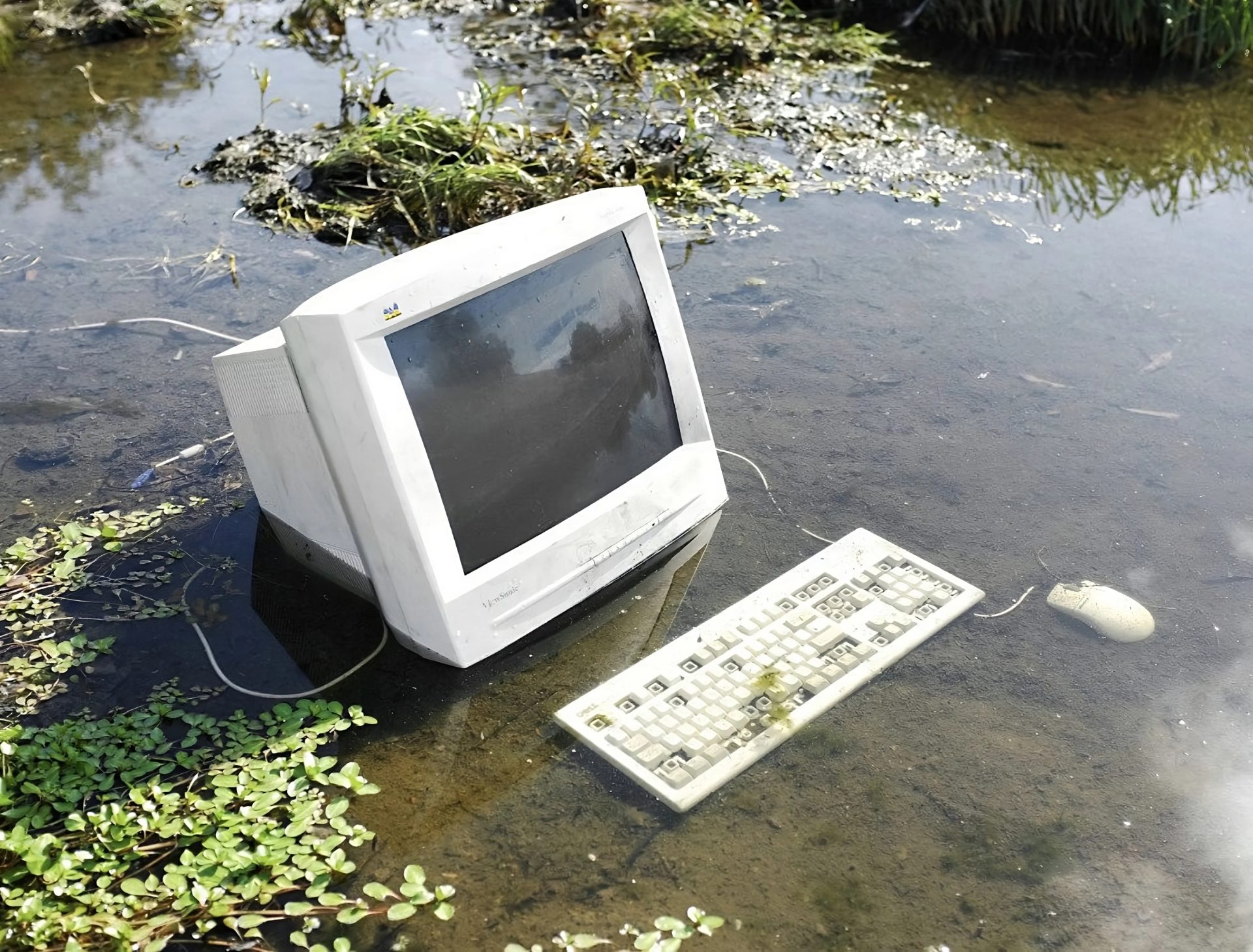I’m still working my way through Dan Davies’ new book, The Unaccountability Machine. In part, the book is a history of business management cybernetics. Today I learned that leading cybernetician Stafford Beer tried to build a computer out of a tank of Daphnia. Here’s Beer, quoted by Davies, describing what he called his ‘computing pond’:
Many experiments were made…Iron filings were included with dead leaves in the tank of Daphnia, which ingested sufficient of the former to respond to a magnetic field. Attempts were made to feed inputs into the colony…However, there were many experimental problems. The most serious of these was the collapse of any incipient organization – apparently due to the steadily increasing suspension of tiny permanent magnets in the water.
Davies goes on to remark that it’s not entirely clear what Beer was hoping to achieve with this experiment, or even if it was entirely serious. As best one can tell, it seems to have been at least a partially serious attempt to somehow encode a computing problem into the initial conditions of the pond, so that the subsequent eco-evolutionary dynamics would somehow calculate a solution to the problem.
Clearly, Meghan needs to revive the idea of a ‘computing pond’ in her next NSF grant. No need to acknowledge me, Meghan–feel free to tell NSF it’s entirely your idea. 🙂
image source
Related old posts
Experiments so crazy they just might work
Tell me again what “risky” or “potentially transformative” research is?


